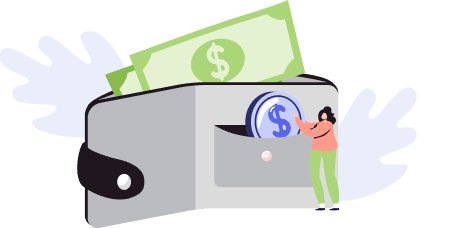
As a result, while both ideas are related to a cost shift, marginal cost relates to both a rise and a decrease in production. Each organization determines costs differently based on its overhead cost structure. The separation of fixed and variable costs, as well as the HVAC Bookkeeping assessment of raw material and labor costs, varies by organization. It also helps a firm decide whether to manufacture a good or purchase it elsewhere. Incremental cost includes a cost-to-benefit analysis to guide businesses in smartly choosing battles.
Understanding Incremental Cost

As they begin producing 12,000 widgets per month, the total cost of production now amounts to $330,000 or a cost of $27.50 per unit ($330,000 / $12,000). For example, if a consultancy firm takes on a new project that requires 10 additional hours of work per payroll week, the incremental cost would be the wage paid for these extra hours. If the firm charges a higher rate for the additional project than the average hourly rate, the incremental cost can lead to an increase in average profit margins. Assuming a manufacturing company, ABC Ltd. has a production unit where the cost incurred in making 100 units of a product X is ₹ 2,000.
How do you calculate the incremental cost at different scales of production?

You may estimate how much you should budget for your firm and how much profit you might make by conducting this type of cost analysis ahead of time. So, you can then assess whether or not it makes business sense to expand operations. The incremental volume change is how much extra output is being proposed or considered for evaluation. Incremental cost guides you in choosing when to make your product and when to outsource.
- This happens in the real world as prices of raw materials change depending on the quantity bought from suppliers.
- Understanding a company’s incremental costs is important for decisions like setting pricing, production levels, make vs. buy, adding product features, and more.
- Economies of scale occurs when increasing production leads to lower costs since the costs are spread out over a larger number of goods being produced.
- When the demand for widgets increases, XYZ Inc. considers expanding production to meet this additional demand.
- Incremental cost, also known as marginal cost, is a key concept in managerial accounting and financial analysis.
- By carefully analyzing and managing incremental costs, businesses can optimize their production, pricing, and overall financial health.
Direct Materials
It excludes fixed overhead costs that don’t fluctuate with short-term changes in output. In summary, incremental cost analysis empowers decision-makers to optimize resource allocation, evaluate projects, and make economically sound choices. By understanding these methods, you’ll be better equipped to navigate the complex landscape of incremental cost decision-making. Ultimately, a thorough understanding of incremental cost empowers businesses to make well-informed decisions that can positively impact their bottom line. If a reduced price is established for a special order, then it’s critical that the revenue received from the special order at least covers the incremental costs. Getting all relevant information about your operational expenses lets you know whether you are in the right financial state to cover additional production costs before starting any project.
From the perspective of a financial analyst, incremental costs are crucial for conducting break-even analysis and forecasting future expenses. A production manager, on the other hand, might view these costs as a guide to optimize production processes and resource allocation. Meanwhile, a strategic planner would consider incremental costs when evaluating the potential of entering new markets or launching new products. Incremental costs are a vital component of financial analysis and strategic planning.

What is the difference between incremental cost and marginal cost?
This involves isolating only those costs directly related to the additional production. Fixed CostsAs businesses expand their output levels, the fixed costs are spread over more units, leading to a lower cost per unit (a decrease in average fixed costs). However, if production increases to 20,000 units, the fixed cost per unit decreases to $6. To calculate incremental cost, subtract the original total cost from the new total cost, and divide by the number of additional units produced.

Now, let’s say you are considering expanding your production capacity for maximum raw materials, labor, and location utilization. No, incremental cost can vary depending on factors such as economies of scale, changes in supply chain costs, or differences in production methods. Discover how incremental manufacturing cost impacts business decisions, its components, and the challenges in accurate calculation. Incremental cost calculations reveal invaluable insights for production, pricing, make vs. buy decisions, and more.
A simple way of describing incremental cost is as the additional money a business must spend to produce one additional unit. It is essential for companies to calculate the average cost per unit of production in order to set prices at a level that covers costs and allows for profit. Incremental costs are crucial when making short-term decisions and evaluating alternatives, such as accepting special orders or determining profit goals. A company’s profitability can be optimized when the marginal revenue (the revenue generated by selling one more unit) is greater than the incremental cost of manufacturing that unit.




